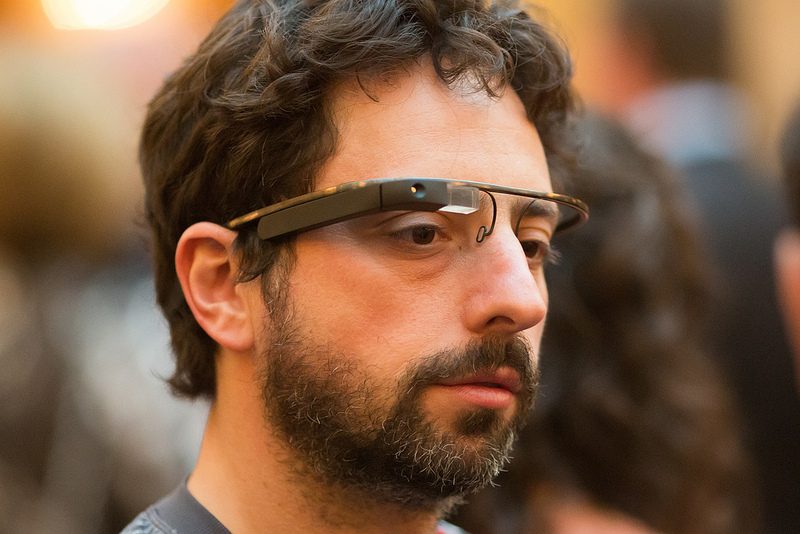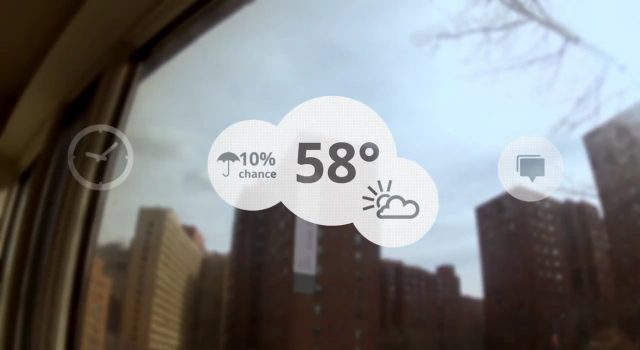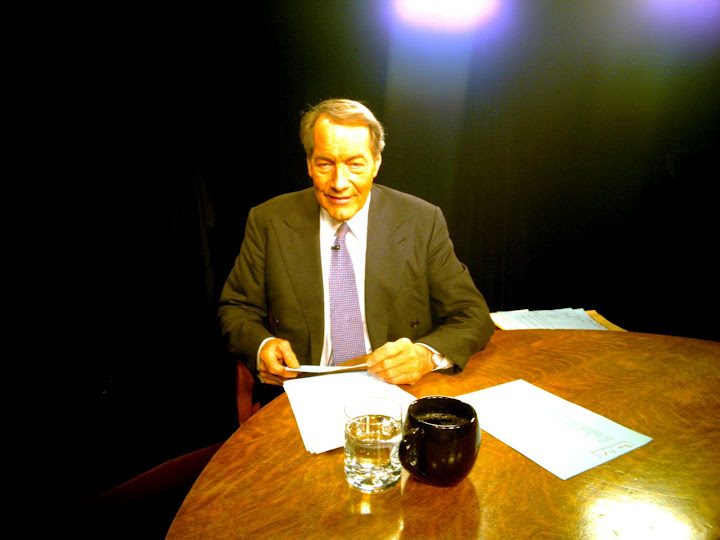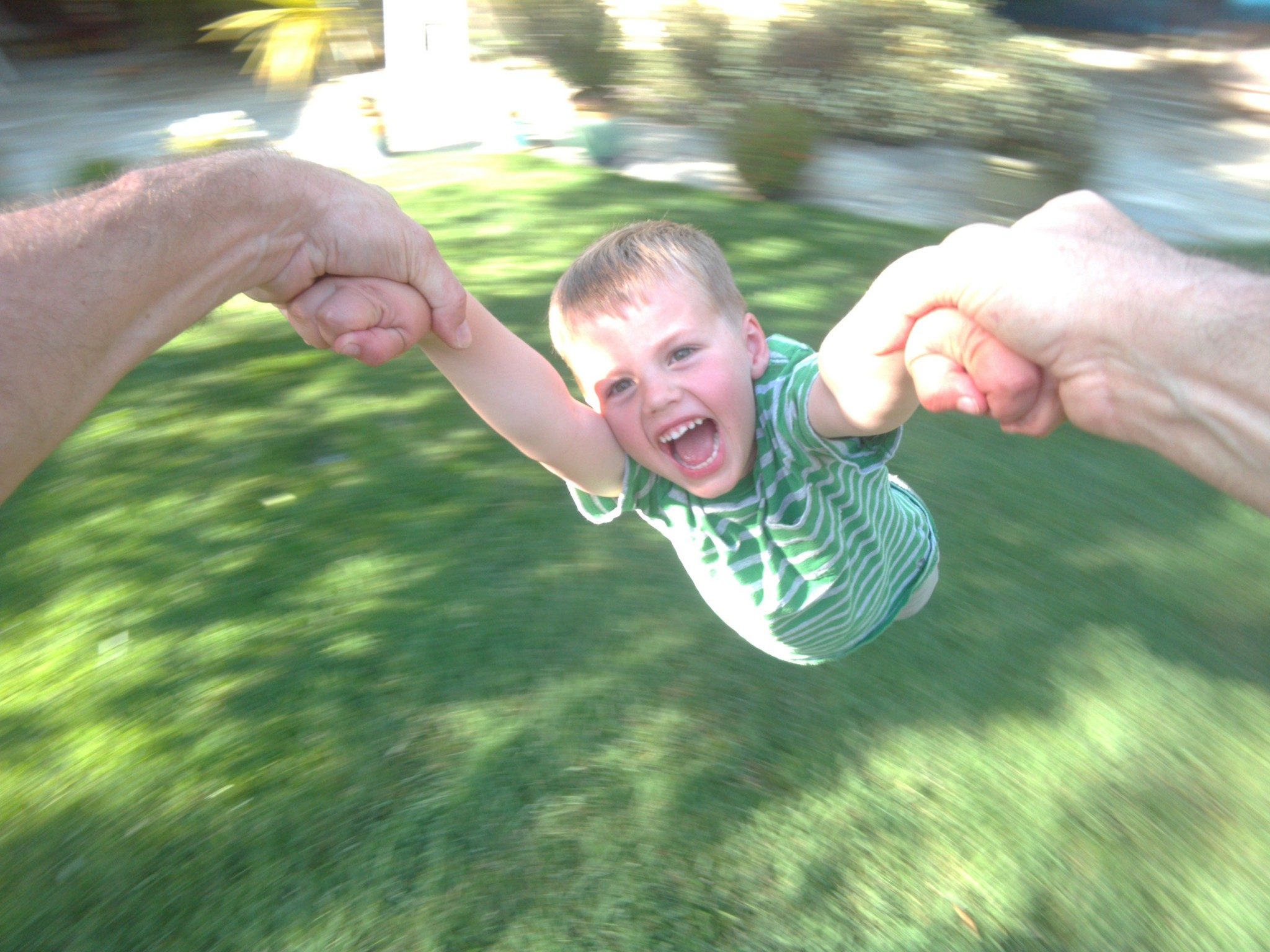
Sebastian Thrun, who is one of the project leads for Google’s Project Glass, sat down for an interview with Charlie Rose and chats about the augmented reality project, among other things. Thrun brought a Project Glass prototype with him to the interview and even snapped a photo of Rose during the interview and posted it to Google Plus in real time.
Thrun is the head of Google X, and one of the project leads for Project Glass. Charlie Rose interviewed him here just a few weeks ago.
He wore a prototype Glass display to the interview. It appears to be the same prototype that Sergey Brin has been spotted wearing (see photo above).
In the interview, Thrun says that the Project Glass team is currently experimenting with the types of usage that are most compelling for Glass:
People talk a lot about augmented reality — looking at objects and faces and finding information — and we haven’t yet found this to be a compelling use-case. The compelling use-cases for us is the sharing experience. Other people can now see through my eyes — the camera is exactly where it should be, where my eye is, and it’s available all the time — and we’ve done experiments with things like making phone calls, notifying me when an event comes up, and so on; I can actually send email — spoken email — so I can email to other people. When I’m on the run, or on the go, I can have my email read to me, so I don’t have to use my hands or my eyes to be distracted.
From there, the interview heads off into other topics.
At 1:00 you can see Thrun snap a picture and post it to Google Plus using gestures with his head:
When Google first announced the project, there was not indication that the prototype glasses were actually functional as a display. However, from the interview, it appears as though Google indeed has a functional prototype with a working display and an accelerometer.
 In the concept video that Google released when they announced the project, there was a slick looking interface that was commanded by head-gestures and voice-commands. Thrun used a button to snap the photo (in the demo it was done with voice), and used head-gestures to post the photo to Google Plus (hence the accelerometer), but I’m willing to bet that the interface at this stage is still far from what was shown in the concept video.
In the concept video that Google released when they announced the project, there was a slick looking interface that was commanded by head-gestures and voice-commands. Thrun used a button to snap the photo (in the demo it was done with voice), and used head-gestures to post the photo to Google Plus (hence the accelerometer), but I’m willing to bet that the interface at this stage is still far from what was shown in the concept video.
In the interview, Thrun said, “I wear them all the time”, referring to the Glass prototype. Indeed this seems to be true, as Thrun posted another photo of him whirling his son around:
This photo was posted to both Thrun’s and the Project Glass page on Google Plus. The perspective in the photo is really interesting, and shows what can be done with a hands-free first person camera. There’s also a bit of technical info we can derive from the photo — assuming that the image was posted as full resolution, it looks like the Project Glass prototypes are using a 3.2 MP camera.
One thing I didn’t realize prior to watching this is that the ‘boom’ doesn’t swivel down to be directly in front of the eye. Thrun mentions that it actually sits above your normal field of view, so when you want to use it, you need to look upward. I’m wondering if this will cause unwanted eye-strain. I guess we’ll just have to wait and see — that is, if Google ever actually launches Glass as a product.








